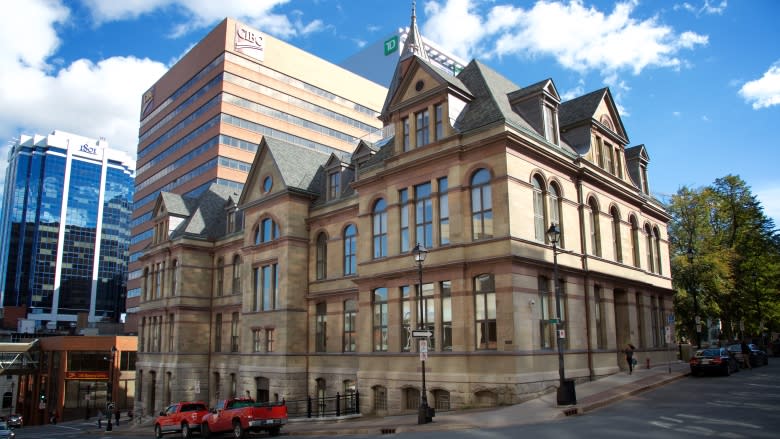The best Canadian cities for working women
The Canadian Centre for Policy Alternatives (CCPA) has released its 2017 report, detailing the best and worst cities for Canadian women to work across the country. The findings were gathered based on ratings in five categories: Economic Security, Education, Health, Leadership and Security. The report assessed 25 of Canada’s biggest metropolis cities.
Toronto, which ranked No. 10 overall, boasted one of the most highly educated populations, falling just behind the nation’s capital. Women, however, brought home $9,000 less than men did in the city.
The report notes that women are “constantly underemployed with more than 670,000 women working part time, involuntarily,” and women earn less than men even if they hold the same education and/or experience in the field. The CCPA findings also show that women put in an average of 10 hours extra of unpaid work each week.
Lead author of the study, Kate McInturff, found that over the past five years the progress on closing the gender wage gap and gender gap in employment has stalled with only “incremental movement within cities and nationally” and in some cases the wage gap has gotten worse, not better.
The research demonstrates how affordable and accessible childcare is essential to narrowing the gap in employment (more than 90 per cent of those that take parental leave in Canada are women). Women also noted the challenges of returning to work or finding full-time work after several years out of the workforce. McInturff believes it’s time for employers to “understand that a woman’s education and experience doesn’t vanish because she took two years of parental leave.”
Coming in at the bottom of the list for the second year in a row is Windsor, Ontario, which sees one in four workers employed in the manufacturing sector and less than 30 per cent of women make up those workers. Women make 75 per cent of what men do and nearly one in four women live below the low-income line. Edmonton, Alberta (No. 18) has one of the largest wage gaps in the country and cities like Hamilton continue to have low female representation in their elected officials. Québec City and Montreal have low grades when it comes to the promotion of women in the private sector.
Self-employed women face additional risks too, as women are less likely to have access to pensions or retirement savings plan.
“Women consistently have lower rates of access to financing,” notes McInturff. While the current federal government is taking steps to address this, “women are [still] paid less than men and are more likely to work full-time, which means they take on a greater economic risk when they take on debt.” McInturff says the same can be seen with student debt where “women, [because of the pay gap] take longer to pay back their student loans and therefore pay more interest over time,” which can be regarded as a “kind of extra gender tax on their loan.”
The national average for full-time employment among women is 57 per cent and generally speaking, the report shows that women tend to find more work outside of politics. 42 per cent of women over the age of 15 are employed full-time in the country. Ottawa saw the highest wages for female workers who make just under $38,000 on average — the most amongst the cities measured.
There are improvements being made that are creating more opportunities for women: St. John’s is one of the cities that’s incorporated a ‘Feminist Working Hub’ to foster new business and collaborative efforts. Organizations like Group Femmes in Québec or Calgary’s ‘Ask Her’ campaign aim at bringing more women representation in social and political realms. More resources and support for women’s organizations as well as funding and awareness remain central for equality among women workers in Canada.
“Transparency is one of the key levers for closing the pay gap,” says McInturff. “Until employers are willing to track pay and be transparent about the gaps they find and how they are going to close them, we will continue to see a pay gap.”
Download the Yahoo Finance app, available for Apple and Android.

 Yahoo Finance
Yahoo Finance 




















